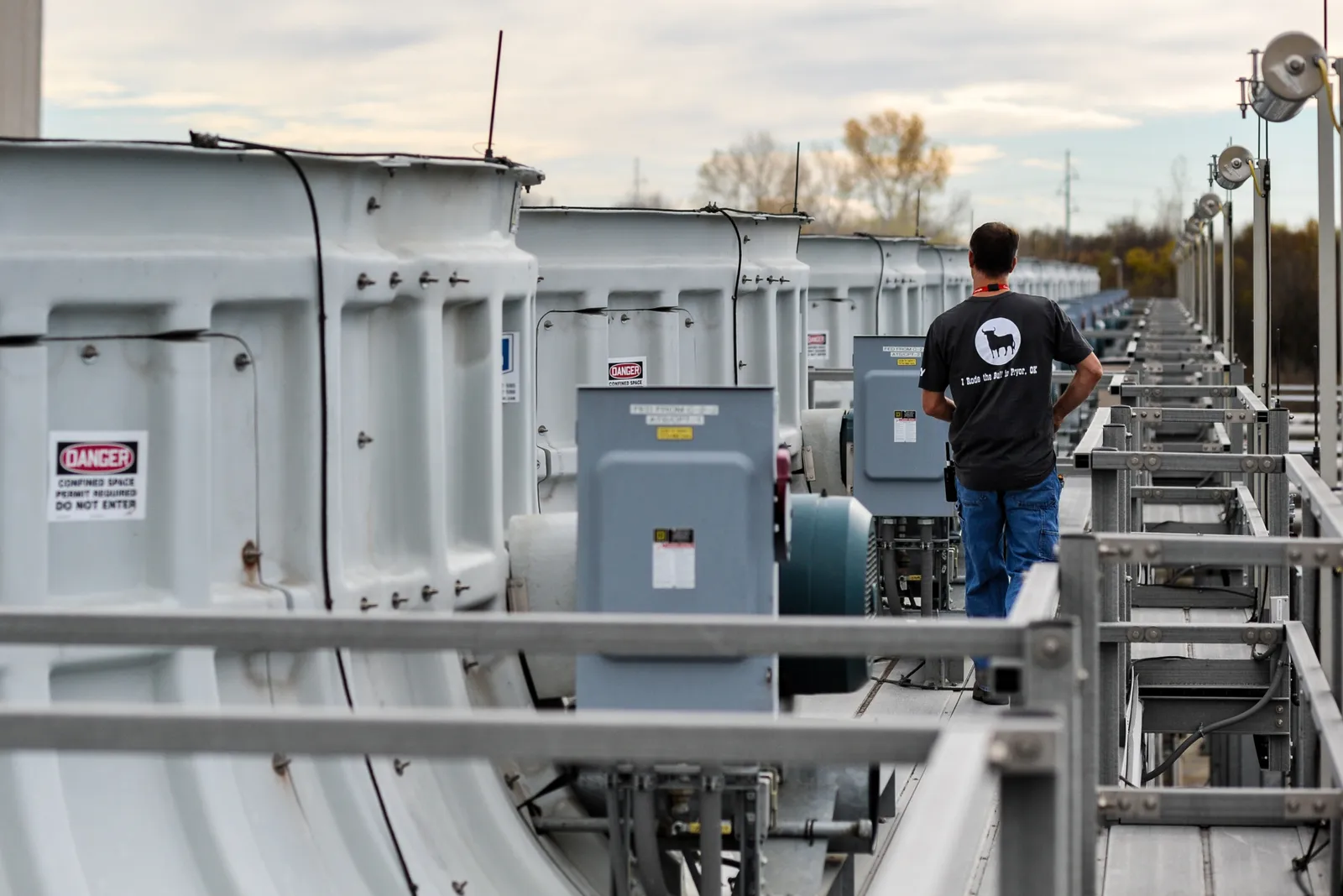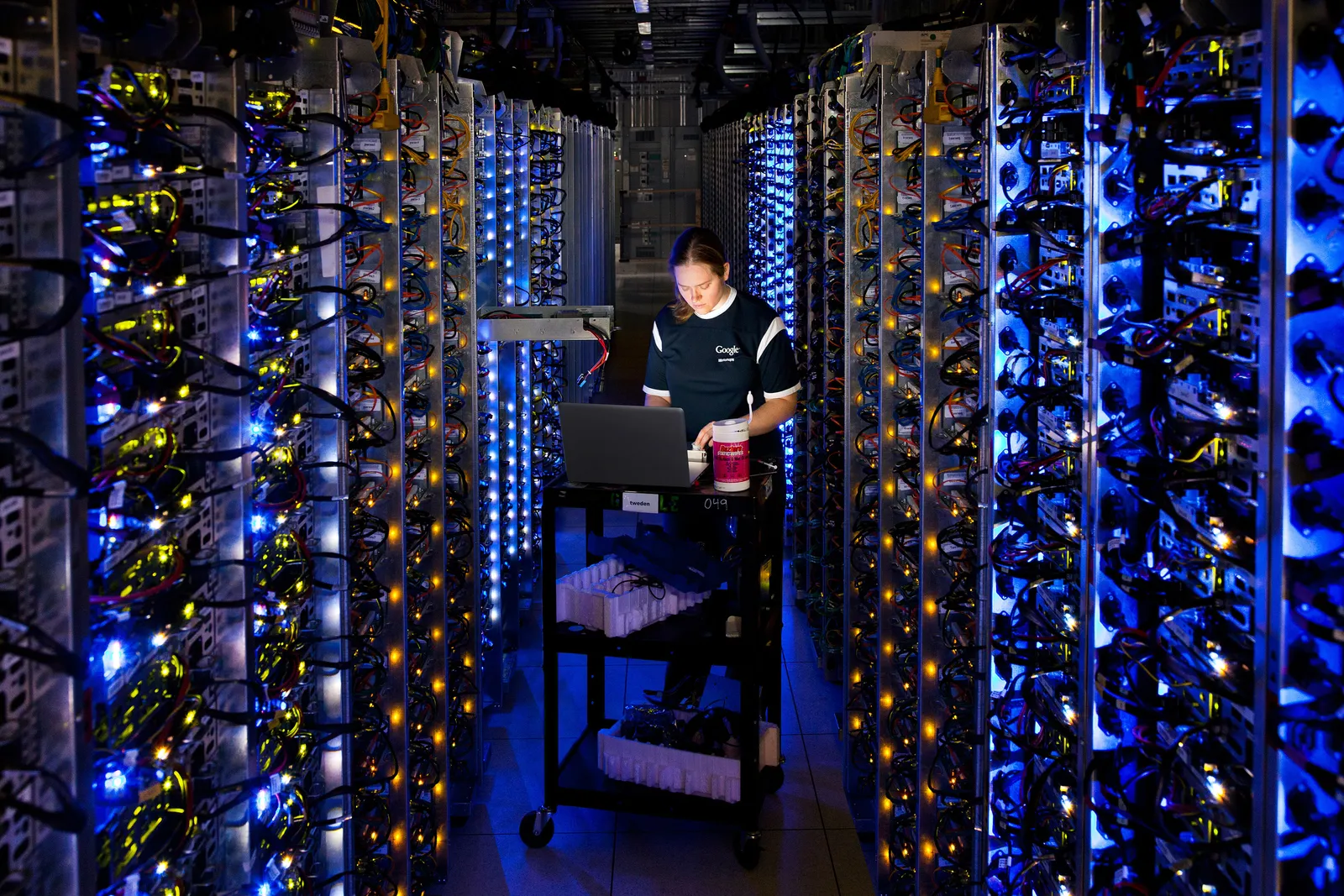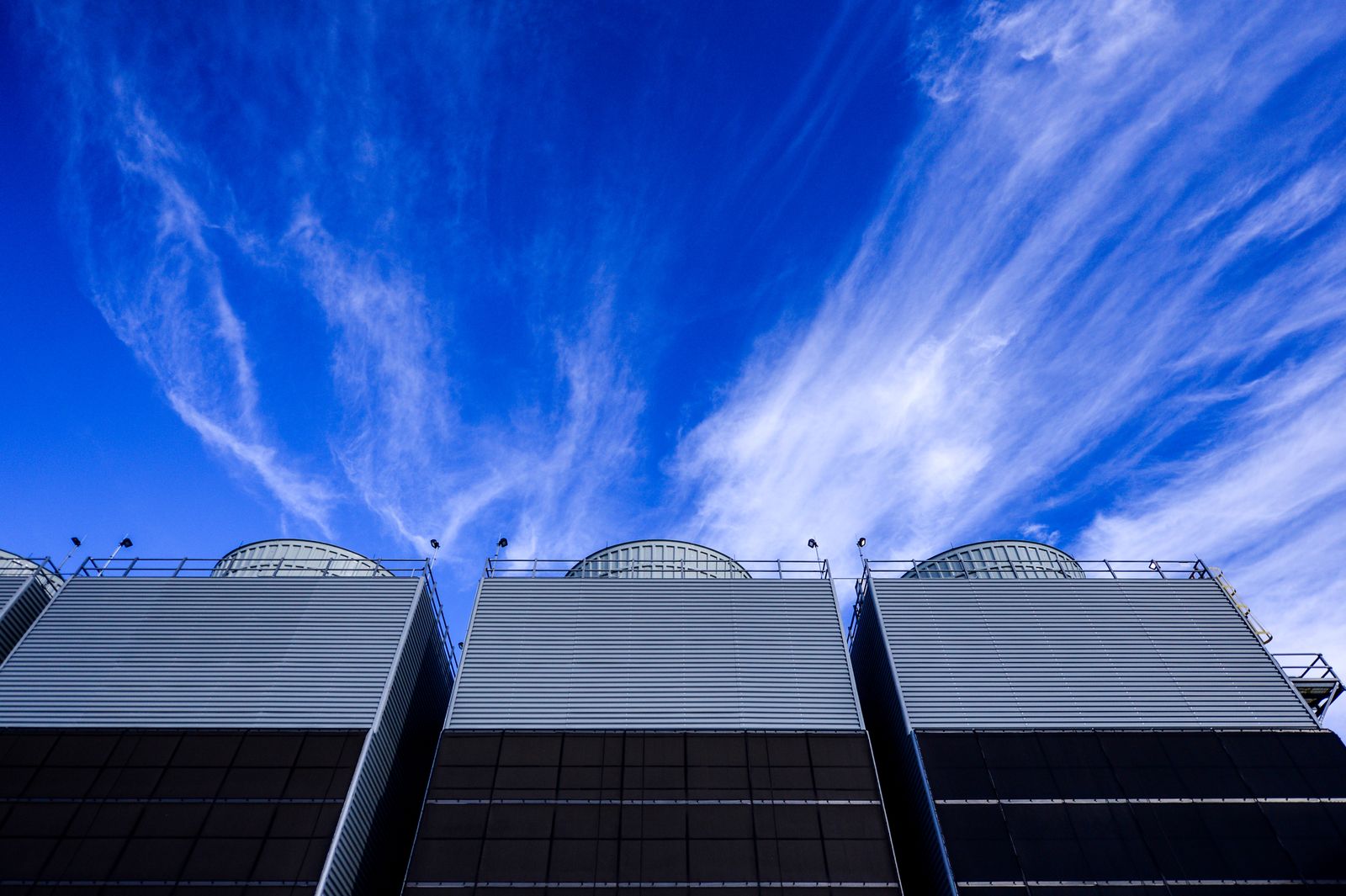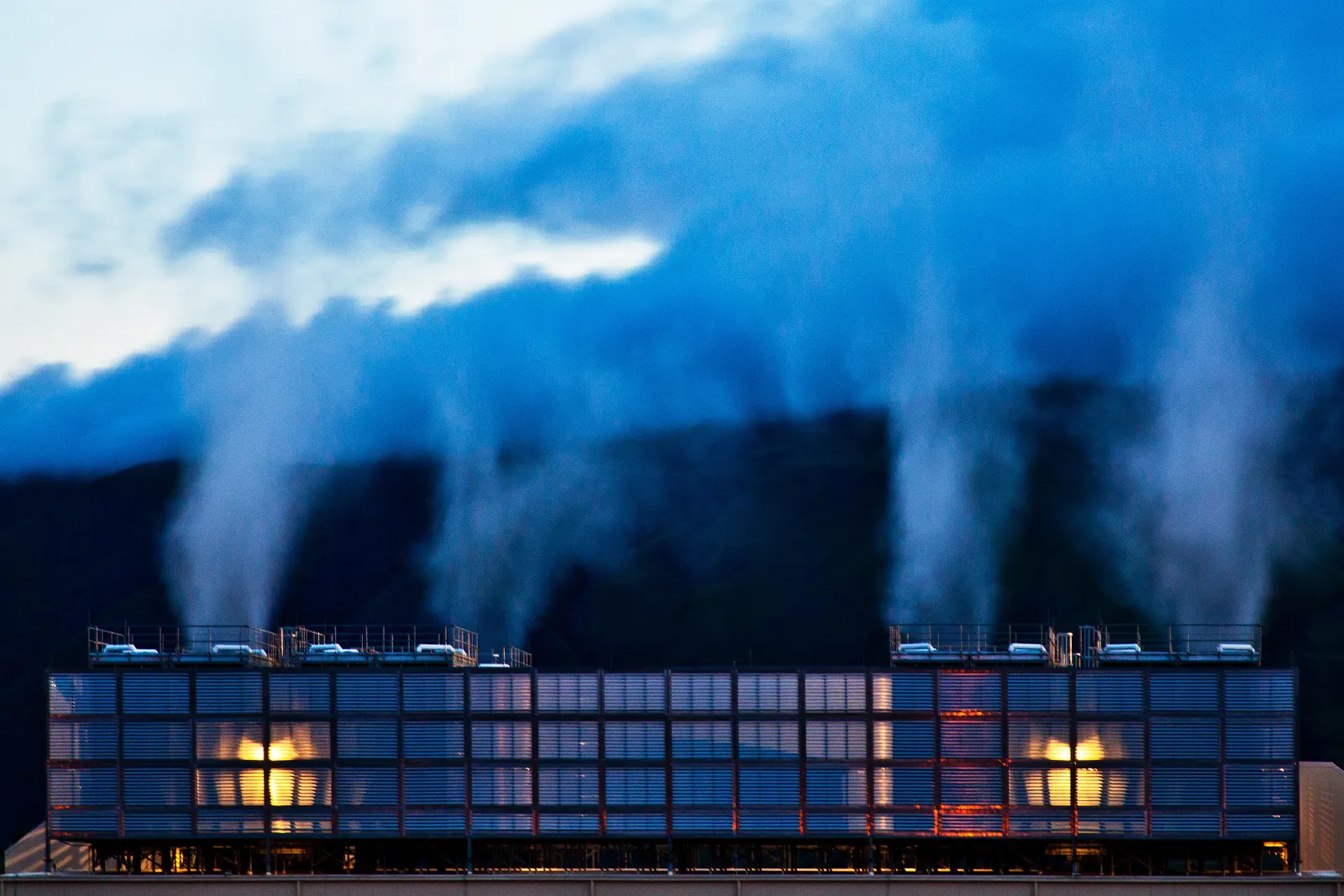The headlines are full of stories about artificial intelligence (AI) and the boom in data centers to power it. We are starting to see elected officials introduce bills to incentivize data center development (for example, in Chicago and Michigan). However, there is no clear indication of the economic benefits to communities hosting these facilities.
What we do know is that data centers require a lot of electricity and water to run and keep them cool. AI is much more energy intensive than other computer applications: a query to AI uses ten times the electricity of a traditional Google search. New data centers now frequently have capacities from 100 to 1000 megawatts—roughly equivalent to the load from 80,000 to 800,000 homes. A mid-sized data center uses about 300,000 gallons of water per day for cooling—roughly equivalent to the water use of 1,000 homes. The rapid growth in data centers creates challenges for the electricity grid and sustaining water resources. Data centers and other water intensive facilities are sometimes being sited without evaluating available water supplies first.
The Joyce Foundation is exploring strategies to support informed policy about data center development to help ensure the region meets its clean energy and clean water goals.
Joyce commissioned an analysis of existing groundwater policies to help inform decisions about sustaining plentiful water resources in our region (Great Lakes states). While surface waters—including the Great Lakes—may be easier to see and study, sustainable groundwater supplies are just as critical to the health of people and nature in our region. In fact, between 40% and 75% of the people in Great Lakes states source their drinking water from groundwater. Groundwater shortages are occurring in one or more locations in each of the Great Lakes states. Increasing demand from industry, including the rapid growth of data centers and the compounding impacts of climate change, are all putting stress on our groundwater resources.
With Joyce support, The Freshwater Society, Water365, the University of Minnesota, the Great Lakes Indian Fish and Wildlife Commission partnered to examine existing groundwater policies in our region. With the help of Danielle Gallet of Waterwell, we recently published an updated research report with extensive input from state policy experts: Groundwater Governance in EPA Region 5. The report demonstrates an opportunity across the region and within each state to support and improve regulatory policies and enforcement procedures for sustained, long-term groundwater availability. This includes regulatory authority to make it easier to modify permitted withdrawals and prevent new ones when aquifer levels begin declining, but before a crisis occurs. Policies are needed to incentivize actions and enable water regulators to prevent unsustainable groundwater decline and use. The research found that, unlike the other Great Lakes states, Illinois lacks a comprehensive groundwater registration or permitting function. This gap needs to be filled so the state can safely manage the significant increase in groundwater use and other threats. Enabling legislation at the state level may be required to ensure agencies have the appropriate authority to regulate groundwater.
Our region's prosperity, particularly for rural communities—including tribal nations—is tied to our shared water stewardship. It is crucial to recognize that every land use decision is a water management decision. The available water supply must be a primary consideration in every land use and zoning decision, just like access to transportation, broadband, and energy. Stewarding water resources at the outset of development planning can help avoid challenges and encourage holistic water management. It can also drive innovative approaches to efficient water use. The demand for water in the Great Lakes region is steadily increasing and is expected to persist as the region continues to attract new residents.
We hope this new analysis of current groundwater governance in our region helps inform discussions of policy updates to respond to future land use development proposals—including data centers. We are also exploring ways to support analysis and policy development to help ensure that the growing demand for electricity does not jeopardize our region's clean energy goals. Stay tuned!





About The Joyce Foundation
Joyce is a nonpartisan, private foundation that invests in evidence-informed public policies and strategies to advance racial equity and economic mobility for the next generation in the Great Lakes region.
Author

Elizabeth Cisar
Program Director
